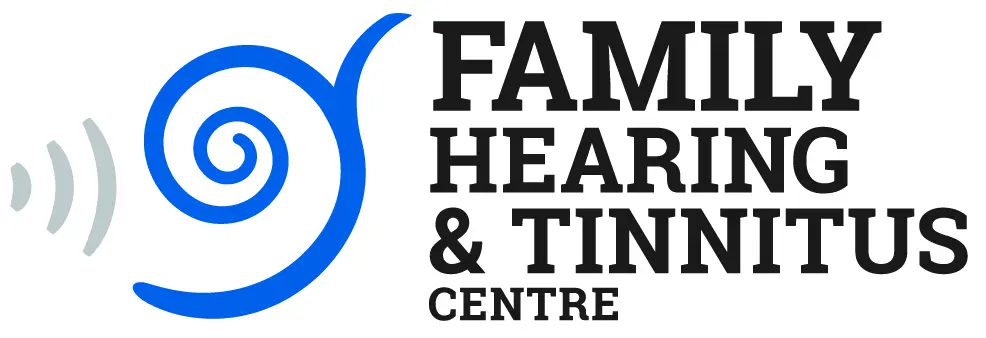How to Safely Use Earplugs at Night

If you find yourself fighting to fall asleep because of bothersome noises, earplugs might provide a simple and effective answer. Noises that may be interfering with your ability to get a good night’s rest can be reduced or entirely blocked out by wearing a pair of earplugs at night. Getting a restful night’s sleep is essential for your overall health and well-being and with an assortment of earplugs on the market, you should be able to get a pair that’s best for you.
How can routine use of earplugs prevent problems with the ears?
Earplugs can definitely help you get a good night’s sleep, but if they’re used on a routine basis, they can also present some risks to your ears if not used properly. Understanding these considerations can help you avoid complications and preserve ear health.
Preventing ear infections
Ear infections are one of the principal risks of using earplugs.
- Earwax Buildup: Ear infections can develop when earplugs block the natural ejection of earwax. This accumulation can result in infections due to the bacteria present in earwax.
- Prevention: Correct use of earplugs will help prevent the accumulation of earwax.
- Symptoms: Infections can cause swelling, fluid buildup, earaches, and potentially short-term hearing loss.
Proper hygiene is crucial
Good hygiene practices are essential when using earplugs on a routine basis. Earplugs can harbor bacteria if not handled correctly.
- Handling: Refrain from touching earplugs with dirty hands or putting them on dirty surfaces.
- Cleaning Earplugs: Use mild soap and warm water to keep your earplugs clean. Dry them completely with a clean towel.
- Storage: Use a clean case to store earplugs when they’re not in use to keep them free from dust and bacteria.
Don’t jam them too far in
Pain and potential injury can be the outcome of pushing your earplugs too far up into your ear canal.
- Side Sleeping: Sleeping on your side can push earplugs further into the ear canal, elevating pressure on sensitive ear structures.
- Proper Insertion: You should be able to pull out your earplugs easily with your hands. Your earplugs are too far in if you require a set of tweezers to take them out.
- Risks: Excessive pressure can result in pain, injury to the eardrum, and long-term hearing impairment. Make sure your earplugs are a good size for your specific ear canal and think about sleeping on your back.
Choosing the correct earplugs
Selecting the correct type of earplugs can make a considerable difference in your comfort and safety. Here are a few of the different materials that earplugs are made of:
- Silicone Earplugs: Can mold to the outer ear and offer custom fit.
- Wax Earplugs: Less prevalent but can also provide effective noise reduction and comfort.
- Foam Earplugs: Effective noise reduction as they expand and mold to the ear canal.
Getting adequate noise reduction while ensuring ear health depends heavily on choosing the right type of earplugs.
Monitoring and maintaining earplugs
If you use earplugs frequently, it is important to monitor their condition regularly. Examine them for any indications of wear and tear or damage, and replace them if necessary. Using worn-out or damaged earplugs can result in inadequate noise reduction and increase the danger of ear infections or discomfort.
Earplugs can be a useful tool for improving quality of sleep by blocking out bothersome noises. However, it’s crucial to use them correctly and maintain proper hygiene to avoid potential ear problems. Call us right away if you encounter any issues with your hearing or ear health.
